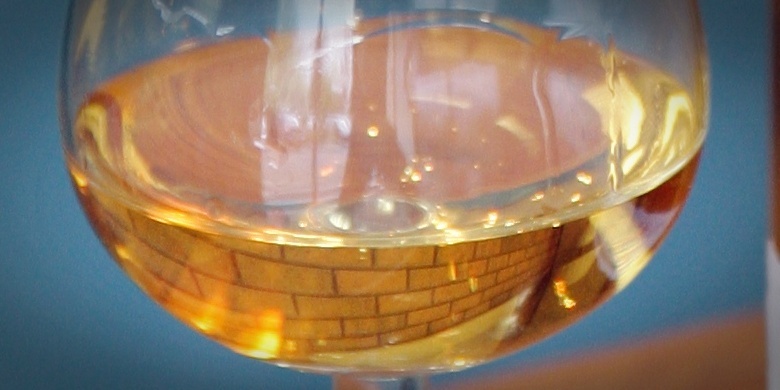The importance of Perthshire’s whisky distilleries to the local and national tourist economy has been underlined in a new report.
Research conducted for the Scotch Whisky Association (SWA) revealed there were 1.3 million visits to 52 premises across Scotland, adding more than £30 million to the tourism industry north of the border each year.
Mid Scotland and Fife MSP Murdo Fraser said Perthshire played an important part in that success.
“Whisky distilleries and visitor centres contribute millions of pounds to the Scottish economy ,and Perthshire is home to some of the most famous and popular whisky brands,” he said.
“Perthshire plays a pivotal role in attracting whisky tourism and has some of Scotland’s best whisky distilleries.
“Dewar’s World of Whisky in Aberfeldy, Edradour in Pitlochry, Glenturret Distillery and Blair Athol Distillery are amongst the best distilleries in Scotland and produce the finest whisky.
“There are other great attractions such as the Scottish Liqueur Centre and Perthshire Visitor Centre at Bankfoot which all add to Perthshire’s iconic standing.”
The research revealed direct spending amounted to £37 million and there were 460 direct employees of whisky tourism.
These centres sourced their supplies overwhelmingly from other Scottish companies, the report said.
Whisky attractions were mainly visited by non-Scots, with 86% coming from elsewhere, and 62% from outside the UK.
The research links the strongest whisky export markets and the appeal of Scotland to tourists.
The economists behind it suggested that link leads to £21m of direct tourism spending for every £100m of whisky exports.
They also say there is a link between those who visit Scotland and those who then trade up to a more expensive brand of whisky.
China was found to be one of the fastest-growing tourist markets for Scotland, with whisky the Scottish produce most commonly cited by potential Chinese tourists.
